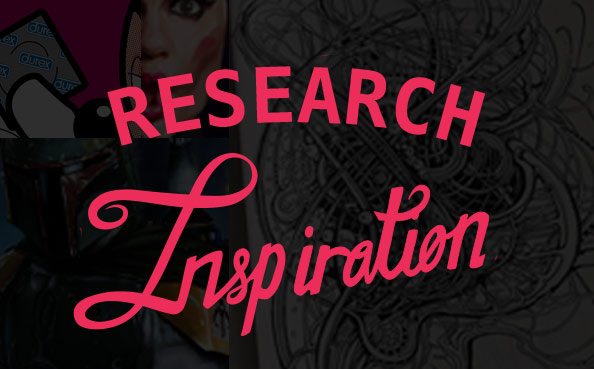This public communication art “Hole in space” was created in 1980 using satellite connection through a life-size video screen. The location was placed on in New York City and Los Angeles. This unexpected piece attracted large amount of people to interact with strangers also incidentally become a meeting place for people who hadn’t seen their loved ones in years.
People start gather around out of their curiosity until they figure out that they are able to communicate to another side of the screen they just start to talk! Just like what was said in the readings:
The absence of the threats of physical harm makes people braver. Virtual space diminishes our fears of interactions.
The reaction of people was really amazing, from the video, some are talking about their day, singing a song [probably the first live stream performance] and even starts to play some guessing games! Through the installation it created some kind curiosity which make people talk to each other easier. Many smiling face was seen when they were interacting. I feel that the life-size screen could be one of the well thought reason from the artist to give more impactful experience to simulate the real-life communication.

Moreover it also accidentally become a meeting place for people who did not seen each other in many years. A lady was totally screaming when she saw her family on the screen. It shows how the video interaction would communicate emotion. Through this installation, it bring down the barrier between people and help them to communicate where it does not happen frequently on street.
While researching, I came across the modern Hole in Space in Oakland neighbourhoods who was inspired by Kit Galloway and Sherrie Rabinowitz’s Hole in Space. The two location are geographically close but socially and economically different. The intention of this piece was to break down the distance between the two neighbourhood. The results was drastically different, not many people crowd around the screen like how it was in 1980, which caught me thinking that our society has grown differently. However people are more comfortable bring in front of the camera, they were seen dancing and able to react to this “video call” quickly.
Lastly, both artists in 1980 and 2015 uses the form of connection to create interaction between both location. The collaborative effort was form unknowingly by the public which created the unscripted forms of communication that involved surprises and giving us hints about the nature of our society. The reinterpretation of the artwork in 2015 bring in one important point. The original intention of creating more human interaction through internet connection might have been lost. We interact lesser to the people around us even when they are our neighbours. Its a loosing of interaction that we can see from A Hole in Space in Oakland. However, it really depend on oneself, technology would bring us closer and closing us off to our own world.

